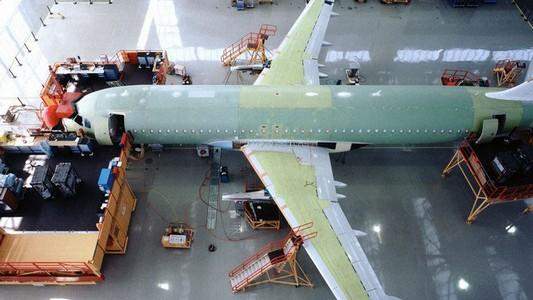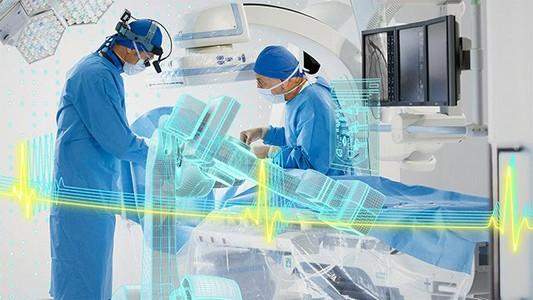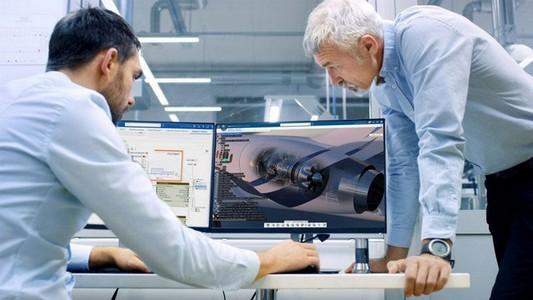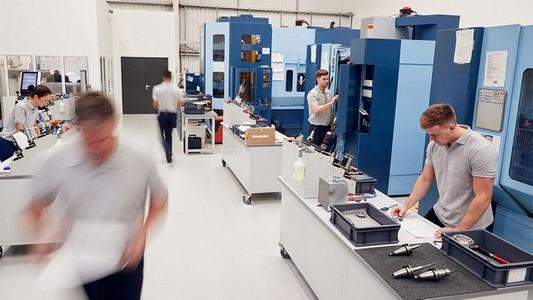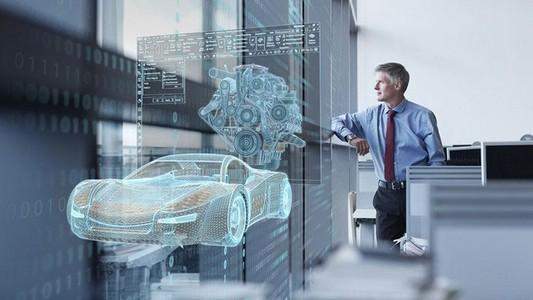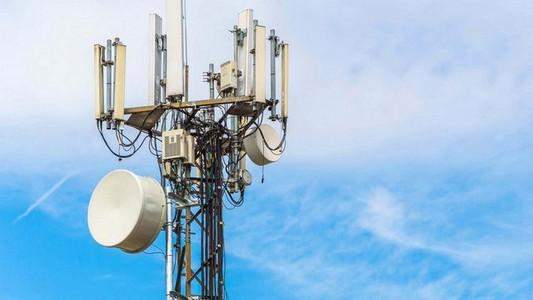In today’s fast-paced business environment, organizations are increasingly relying on integrated systems to streamline their operations and improve efficiency. Two critical systems that play a significant role in this integration are Enterprise Resource Planning (ERP) and Product Lifecycle Management (PLM). The bi-directional integration between ERP and PLM systems enables seamless data exchange and connection, ensuring that all aspects of a product’s lifecycle are effectively managed.
ERP systems serve as the backbone of an organization, handling various business functions such as finance, procurement, inventory management, and human resources. These systems provide a centralized database for all operational data, allowing departments to share and access information in real-time. ERP systems ensure that the right resources are available at the right time, optimizing business processes and driving productivity.
On the other hand, PLM systems focus specifically on managing the entire lifecycle of a product, from concept and design to manufacturing, distribution, and maintenance. PLM software enables organizations to collaborate on product development, track changes, manage bills of materials (BOMs), and ensure regulatory compliance. It provides a centralized repository for all product-related data, facilitating collaboration among cross-functional teams and improving overall product quality.
To achieve seamless integration between ERP and PLM systems, data exchange is crucial. Certain data aspects need to be exchanged from PLM to ERP and vice versa to ensure accurate and up-to-date information across both systems. Some key data aspects that require exchange include:
1. Bills of Materials (BOMs): BOMs define the structure and components of a product. PLM systems maintain accurate BOMs during the design and development phase, which need to be shared with ERP systems to enable efficient production planning, inventory management, and procurement. For example, the MBOM specifies the components, sub-assemblies, and manufacturing instructions required for production. PLM systems maintain the MBOM, which needs to be shared with ERP systems to enable accurate production planning, scheduling, and shop floor control.
2. Human Resource Data: HR data, such as employee information, skills, and certifications, is crucial for resource planning and allocation. Integrating HR data from ERP systems with PLM systems ensures that the right resources are assigned to appropriate product development and manufacturing tasks.
3. Last Purchase Price: The last purchase price of components or raw materials is vital for accurate cost estimation and pricing. This information needs to flow from ERP to PLM systems, enabling accurate cost calculations during product design and development to achieve economic product design.
4. Change Requests: Change requests, including engineering change orders (ECOs), are an essential part of product development. These requests often originate in PLM systems and need to be seamlessly integrated into ERP systems to initiate production changes, update inventory, and manage procurement accordingly.
5. Quality Assurance Data: Quality assurance data, such as test results, inspection reports, and non-conformance records, needs to be shared between PLM and ERP systems. This ensures that quality control processes are aligned with production and supply chain operations.
By enabling bi-directional integration and data exchange between ERP and PLM systems, organizations can achieve significant benefits. These include improved product data accuracy, reduced manual data entry, streamlined processes, enhanced collaboration, and better decision-making. The seamless flow of information between ERP and PLM systems ensures that both business and product-related data are synchronized, leading to increased operational efficiency and improved product quality.

